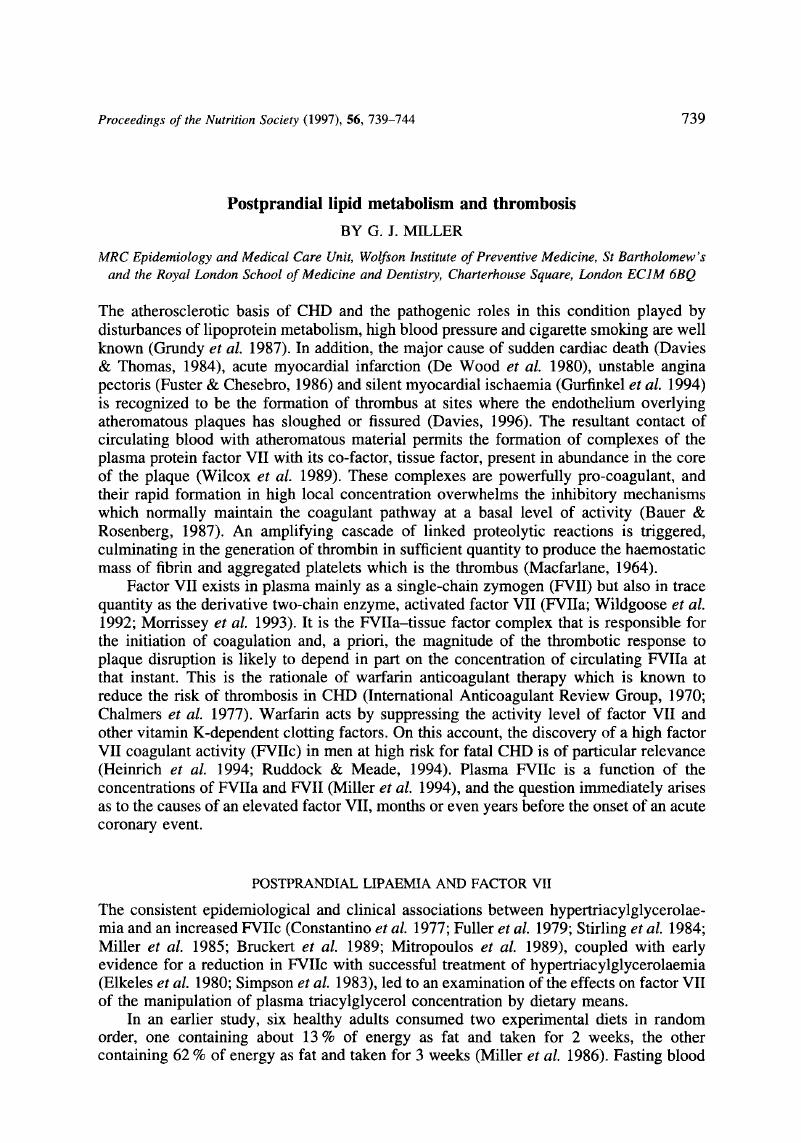Crossref Citations
This article has been cited by the following publications. This list is generated based on data provided by Crossref.
Williams, Christine M.
1997.
Postprandial lipid metabolism: effects of dietary fatty acids.
Proceedings of the Nutrition Society,
Vol. 56,
Issue. 2,
p.
679.
Grundy, Scott M
Abate, Nicola
and
Chandalia, Manisha
2002.
Diet composition and the metabolic syndrome: what is the optimal fat intake?.
The American Journal of Medicine,
Vol. 113,
Issue. 9,
p.
25.
Berry, S. E. E.
2005.
Postprandial lipaemia – the influence of diet and its link to coronary heart disease.
Nutrition Bulletin,
Vol. 30,
Issue. 4,
p.
314.





